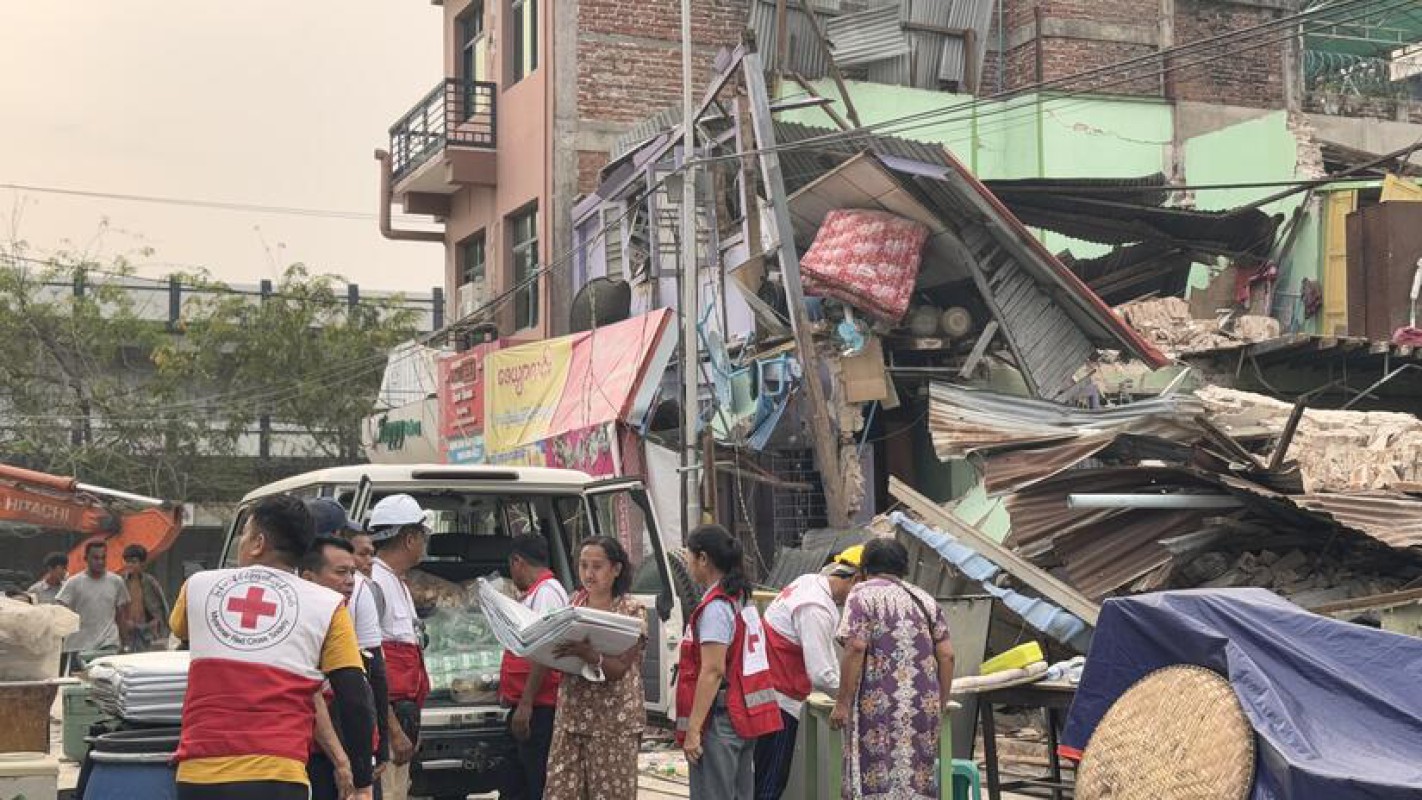New survey launches to assess Yangon's earthquake vulnerability

498

Htet Nadi/Thet Paing (NP News) - Oct 13
Dr. Sone Han, chairman of the Myanmar Geosciences Society, told The Statesman that they are conducting a survey to assess the potential impact of an earthquake in Yangon.
He said that a list of the oldest buildings in Yangon, the areas at the greatest risk of being affected, and the steps to take in the event of an earthquake must be compiled, and five committees have been formed under the Geosciences Society to work on these tasks.
“There are many old buildings that were constructed long ago. If a major earthquake were to strike, these would be the first to collapse. The question is: how much damage could happen, what should be done, and how should we respond? Having a plan in place for that is very important. Under the Myanmar Earthquake Committee, we have already formed five working committees and begun collecting data. If the ground in certain areas is sandy, those places are more prone to cracks and collapses as we already witnessed during the Mandalay earthquake. So, in Yangon, we need to identify which locations are like that. Earthquakes are unpredictable — it could happen now, in ten years, or at any time. But preparing such plans is the right thing to do. These plans should be completed within the next three to four years.” Dr. Sone Han explained.
Among the fault lines in Myanmar, the Bago Fault has not been active for over 95 years. The Bago Earthquake, which occurred on May 5, 1930, with a magnitude of between 7.3 and 7.5, caused severe damage not only in Bago Region but also in southern Myanmar, including Yangon Region, so the Geological Society is also focusing on monitoring the Bago Earthquake, he said.
“We have set up six instruments; three on each side of the fault line to measure ground movements and conduct research. This is because the Bago fault is particularly significant. If it shifts, both Bago and Yangon will certainly be affected, as the two cities are not far apart. Work is already underway on this, and additional studies will be carried out after the rainy season," Dr. Sone Han said.
In 2011, a joint research by the Myanmar Earthquake Committee, the Department of Meteorology and Hydrology, the Earthquake Division, and Kyoto University in Japan found that the Bago Fault could reactivate within 160 years after 1930, and that the possibility of the Bago Fault reactivating is currently increasing, said Dr. Yin Myo Min Htwe from the Earthquake Division of the Department of Meteorology and Hydrology.
“The 160-year cycle does not mean the earthquake will occur exactly at that time. It could happen after 70 years, 80 years, or 90 years. Now that more than 90 years have already passed, the likelihood of another major movement along the Bago fault has increased. That is why Yangon should also take this seriously and make preparations in advance. I am not trying to cause fear; I am simply pointing out the need for preparedness,” he said.
Experts urge that Yangon should continue to conduct earthquake awareness campaigns and conduct regular drills as often as possible.